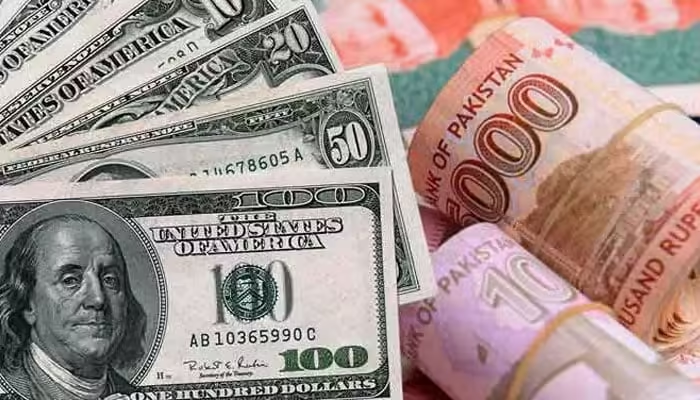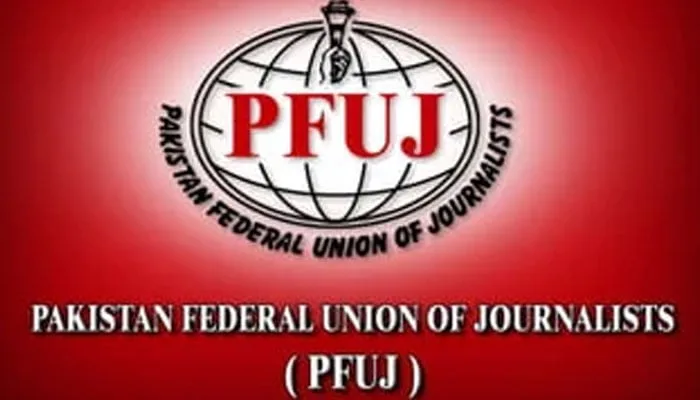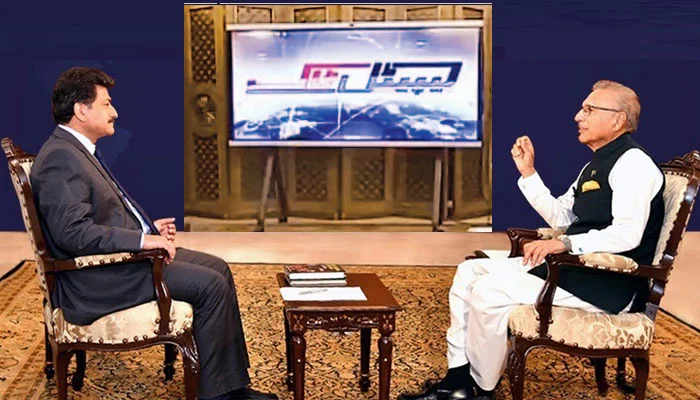The US dollar has experienced a slight depreciation against the Pakistani rupee, a development that has garnered attention from market analysts and the general public alike. According to the State Bank of Pakistan (SBP), the exchange rate of the dollar in the interbank market decreased by 9 paise, settling at 278.41 rupees. The previous day, the dollar had closed at 278.50 rupees in the interbank market. In parallel, the open market saw a marginal decline in the dollar’s value by 5 paise, bringing it to 279.70 rupees.
Interbank Market Dynamics
The interbank exchange rate is a critical indicator of economic health and international trade dynamics. The recent depreciation of the dollar by 9 paise to 278.41 rupees may seem minimal, but it reflects underlying economic currents and market sentiment. Exchange rates are influenced by a variety of factors including trade balances, inflation rates, and geopolitical events.
In the context of Pakistan, several factors could be contributing to this slight appreciation of the rupee. These may include increased remittances, export earnings, or foreign investments which enhance the supply of foreign currency in the country. Additionally, measures taken by the State Bank of Pakistan to stabilize the currency could also play a role. For instance, monetary policies aimed at controlling inflation or efforts to attract foreign investment can impact exchange rates.
Open Market Trends
Similarly, the open market, which operates parallel to the interbank market and often provides a more immediate reflection of currency demand and supply dynamics, saw the dollar decrease by 5 paise to 279.70 rupees. The open market rates are typically influenced by public demand for foreign currency for purposes such as travel, education, and remittances. The slight drop in the open market rate suggests a reduced demand for the dollar or an increased availability of the rupee.
Economic Implications
The depreciation of the dollar against the rupee, although minor, has broader implications for the economy. A stronger rupee can make imports cheaper, which might help in reducing inflationary pressures, particularly for a country like Pakistan which relies heavily on imported goods including essential items like oil, machinery, and raw materials for various industries. Cheaper imports can translate into lower costs for businesses and potentially lower prices for consumers.
On the export front, however, a stronger rupee can make Pakistani goods more expensive in international markets, potentially affecting the competitiveness of exports. This is a delicate balance for policymakers who need to consider both import inflation and export competitiveness when managing the currency.
Policy Responses and Future Outlook
In response to these fluctuations, the State Bank of Pakistan might adopt various policy measures to maintain a stable exchange rate. These could include interventions in the foreign exchange market, adjusting interest rates, or implementing policies to encourage foreign investment and boost foreign currency reserves.
Looking ahead, the future trajectory of the rupee-dollar exchange rate will depend on several factors including the overall economic performance of Pakistan, global economic conditions, and geopolitical developments. Economic reforms, efforts to improve trade balances, and measures to attract sustainable foreign investments will be crucial in determining the long-term stability of the currency.
Market Reactions and Public Perception
Market reactions to currency fluctuations are often immediate and can influence investor confidence. A stable or appreciating rupee can boost investor sentiment, leading to increased foreign investments and economic growth. Conversely, significant depreciation can cause uncertainty and may lead to capital flight or reduced investments.
Public perception is equally important as it influences consumer behavior and confidence in the economy. A stable rupee can enhance public confidence in the economic management of the country, encouraging spending and investment. On the other hand, significant depreciation may lead to concerns about inflation and economic stability.
The recent depreciation of the US dollar against the Pakistani rupee, with the interbank rate settling at 278.41 rupees and the open market rate at 279.70 rupees, highlights the dynamic nature of currency markets. While the changes are slight, they reflect broader economic trends and have implications for imports, exports, and overall economic stability. Policymakers and market participants will continue to closely monitor these developments, implementing strategies to maintain stability and foster economic growth. As always, the balance between controlling inflation, encouraging exports, and attracting investment will be key to sustaining a stable and robust economic environment.



